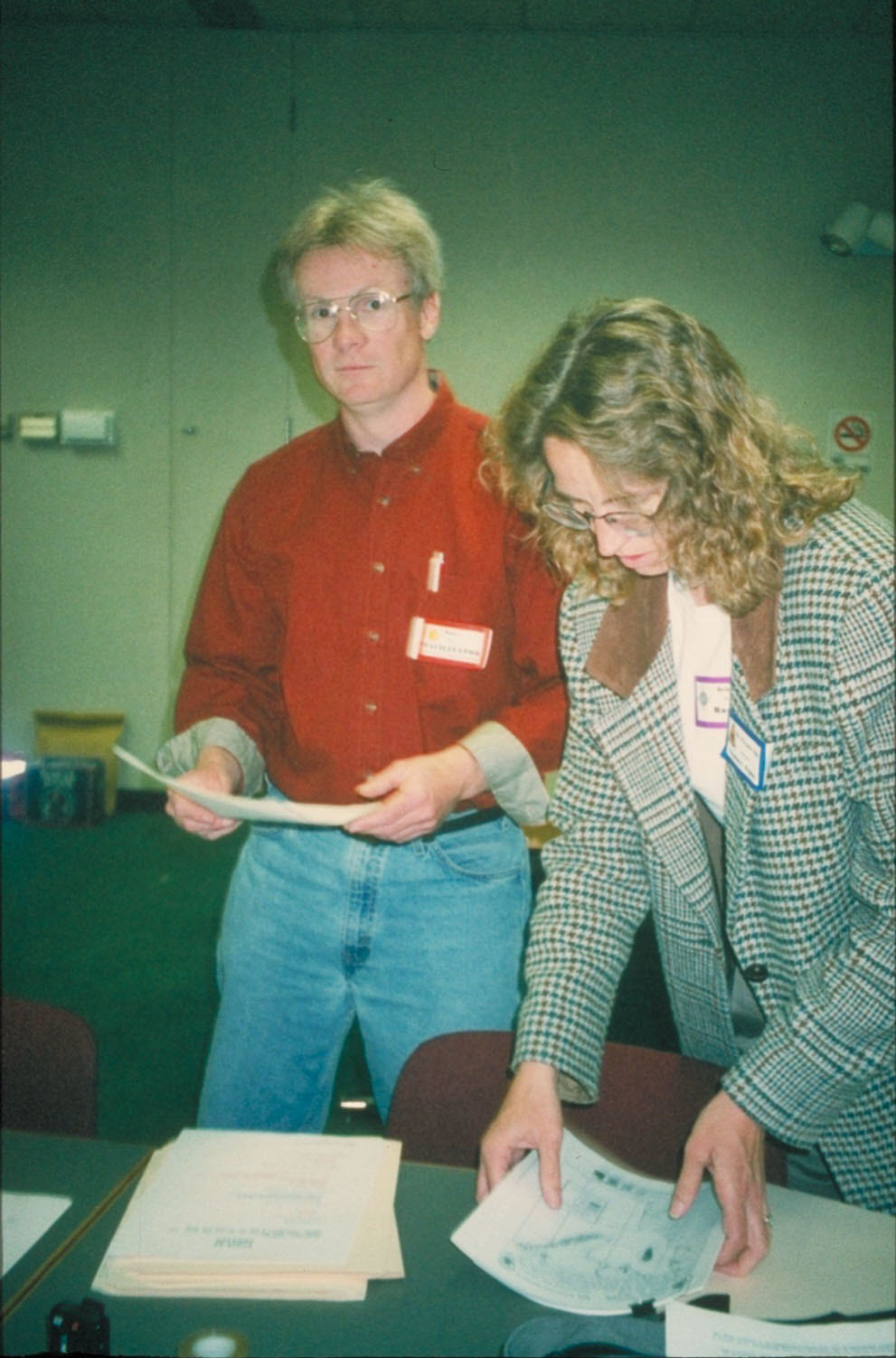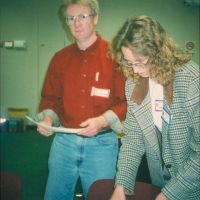OR&R Chemist Robert Jones Retires
APRIL 18, 2022 — NOAA is bidding farewell to longtime chemist, Robert Jones, who recently retired from the Emergency Response Division (ERD) of the Office of Response and Restoration (OR&R).
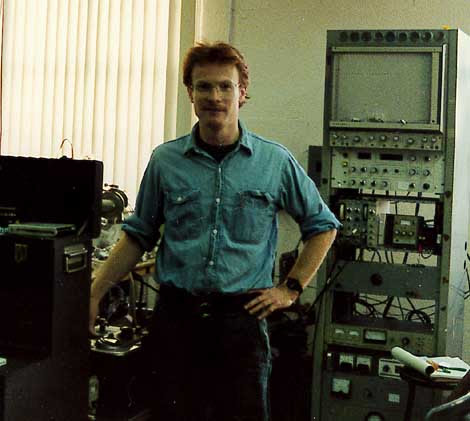
Robert received his B.S. in Chemistry from Xavier University, and his Ph.D. in Physical Chemistry from Indiana University. After graduation, he worked as a research associate at the National Institute of Standards and Technology in Washington D.C. Prior to joining NOAA in 1988, Robert was an assistant professor in the chemistry department at Western Washington University.
In 1988, Robert joined what was then NOAA HAZMAT (Hazardous Materials Response Division—which later transitioned to NOAA OR&R ERD), serving as part of the Modeling And Spill Simulation (MASS) team that complemented the Scientific Support Coordinators (SSCs) who were generally on-scene at spills around the country.
Building and Improving Response Models and Tools
During his years with ERD, Robert was extensively involved in developing components of CAMEO®, NOAA’s suite of chemical spill response and planning tools; the oil weathering model ADIOS®; and early versions of GNOME, NOAA’s suite of oil spill response and planning tools. ERD and other federal, state, and private spill responders and planners use these tools to predict the fate and transport of hazardous materials in the environment.
Robert was the scientist most familiar with the technical aspects of ALOHA®, the air hazard modeling program in the CAMEO software suite, a group of programs jointly developed by NOAA and EPA since 1986. He responded to the specialized inquiries received from external agencies, and was author of the 96-page Technical Documentation for ALOHA.
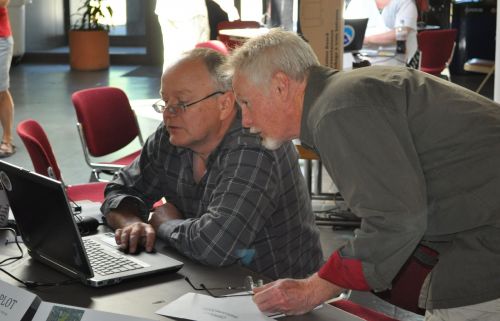
Providing Exemplary Scientific Support
Robert was also a valued member of the spill response “home team” in Seattle, providing exemplary science support for spills of chemicals and other hazardous materials. Robert brought a pragmatic approach to spill response. He was cautious with his input on spill response issues; when he didn't know the answer to something, he’d be clear about that. He knew who and what to ask, and always followed up with a source of expertise to get the information needed. In this approach, Robert improved the accuracy and reliability of the division’s scientific support, and ERD managers knew that when he gave scientific advice, it was well thought out and as complete as possible.
Those who worked closely with Robert knew that he often was the iron by which other iron was sharpened in ERD internal discussions. He reliably asked the hard questions relative to both management issues and technical issues. If he didn't agree with or understand the basis for the answer, he would ask, and ask again! His willingness to open up discussions helped the organization be more accountable and make improvements. By bringing issues to management—sometimes with a proposed solution—he served as one of ERD’s best advocates.
Similarly, although Robert didn’t serve as an on-scene responder, he frequently made useful suggestions related to safety for field personnel or non-NOAA responders. His input on post-spill “hotwashes” was always thoughtful and pertinent.
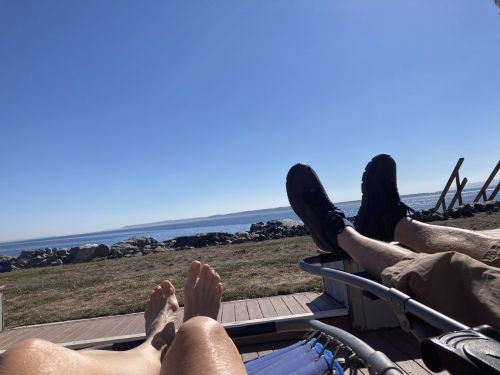
Improving the Organization
ERD management appreciated the valuable input, knowledge, and leadership that Robert contributed to the development of the division’s suite of chemical and oil spill response tools and his conscientious work as a science advisor. Former ERD Chief, Debbie Payton, sums up that sentiment: “Robert provided leadership on what direction the program should go with chemical response and tool development. Although not generally the one making final decisions, he provided thoughtful input and had the technical expertise to understand and explain what was needed for the best result.”
As we write this, we hope Robert is kicked back, relaxed, and enjoying his well-deserved time away from oil and chemical emergencies. The greater NOAA OR&R family and friends wish him well!
For further information, please contact Donna.L.Roberts@noaa.gov or Dalina.Viveros@noaa.gov.
more images
